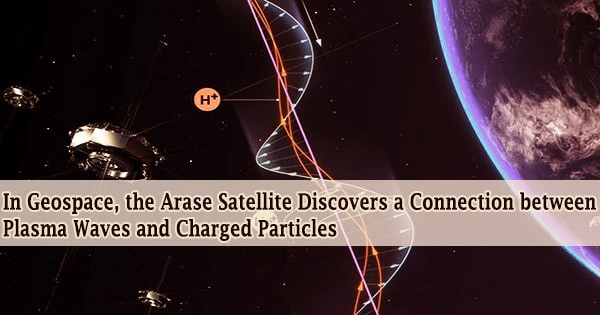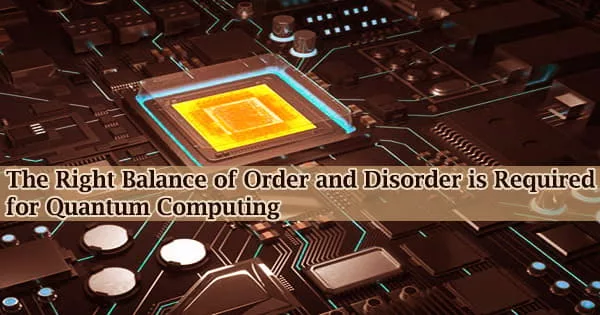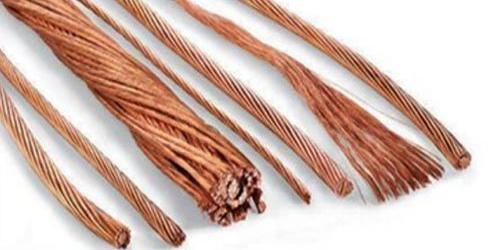Researchers from Japan show in a new study published in Physical Review Letters that high-frequency plasma waves in the Geospace can generate low-frequency plasma waves by heating up low-energy ions, revealing a new energy transfer pathway in collisionless plasma.
In the behavior of plasmas, wave phenomena are extremely essential. The particle-particle collision rate must be less than the plasma-oscillation frequency, which is one of the three conditions for the existence of a plasma.
The natural magnetic field binds plasma particles. Plasma waves are caused by changes in the electric and magnetic fields that occur over time as a result of motions within the plasma.
The formation of “plasma waves,” which emerge from the instability of plasma distributions, is a characteristic feature of plasma, a state of matter defined by freely wandering charged particles interacting via electromagnetic interactions.

Surface plasma waves are the collective oscillations of free electrons at the metal-dielectric interface. In Geospace, “fast magnetosonic waves” (MSWs) are one type of electromagnetic plasma wave. MSWs are “high-frequency waves” that emerge from hot protons.
The “electromagnetic ion cyclotron” (EMIC) wave, which is called a “low-frequency wave,” is another type of wave that is regularly formed in the Geospace. MSWs and EMIC waves frequently occur together, according to recent satellite findings in Geospace. The mechanism underlying this co-occurrence, however, is still unknown.
MSWs are known to occur together with the heating of low-energy protons and studies have shown that MSWs can heat up these ‘cold’ ions. With the recent observation data by the Arase satellite showing simultaneous EMIC waves, we wondered whether the appearance of EMIC waves is actually coupled with the MSW-mediated ion heating process.
Miyoshi
In fact, because of their mass differences, electrons and ions get somewhat separated in a plasma sound wave, and an electric field builds up to pull them back together. This mechanism has now been partially unraveled by a team of academics led by Professor Yoshizumi Miyoshi of Nagoya University in Japan.
“MSWs are known to occur together with the heating of low-energy protons and studies have shown that MSWs can heat up these ‘cold’ ions. With the recent observation data by the Arase satellite showing simultaneous EMIC waves, we wondered whether the appearance of EMIC waves is actually coupled with the MSW-mediated ion heating process,” says Prof. Miyoshi, explaining the motivation behind the study.
In order to investigate the “cross-energy coupling” between the MSWs and EMIC waves observed with the Arase satellite, the researchers used a wave-particle interaction analysis method to assess the “cross-energy coupling” between them through ion heating.
The findings were eye-opening: they discovered that while MSWs transmitted energy to “cool” protons in order to heat them up, a portion of that energy was used to excite EMIC waves.
Given that hot protons energized MSWs, they operated as a mediating agent for energy transfer to EMIC waves, resulting in a cross-energy coupling between hot protons, cold protons, MSWs, and EMIC waves.
While these findings are exciting in themselves, Prof. Miyoshi explains how they are of significance to our knowledge about the Geospace as well: “EMIC waves cause significant scattering and loss of ‘killer electrons’ in the Van Allen radiation belts which often cause satellite malfunctions.”
“The new energy transfer route for exciting EMIC waves revealed in our study could contribute to improved space weather forecasting, making for safer operations of satellite in the Van Allen radiation belts.”
















